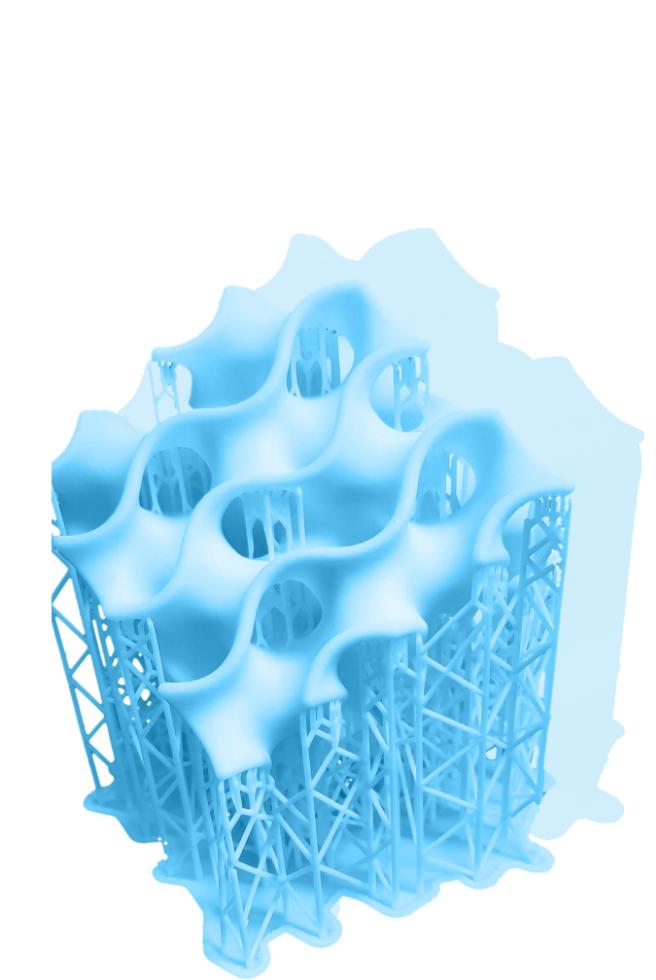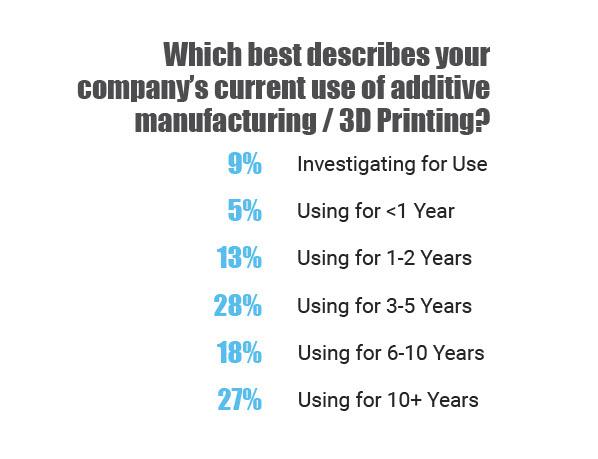- FMA
- The Fabricator
- FABTECH
- Canadian Metalworking
Our Publications
Categories
- Additive Manufacturing
- Aluminum Welding
- Arc Welding
- Assembly and Joining
- Automation and Robotics
- Bending and Forming
- Consumables
- Cutting and Weld Prep
- Electric Vehicles
- En Español
- Finishing
- Hydroforming
- Laser Cutting
- Laser Welding
- Machining
- Manufacturing Software
- Materials Handling
- Metals/Materials
- Oxyfuel Cutting
- Plasma Cutting
- Power Tools
- Punching and Other Holemaking
- Roll Forming
- Safety
- Sawing
- Shearing
- Shop Management
- Testing and Measuring
- Tube and Pipe Fabrication
- Tube and Pipe Production
- Waterjet Cutting
Industry Directory
Webcasts
Podcasts
FAB 40
Advertise
Subscribe
Account Login
Search
Survey examines the postprocessing practices of additive manufacturers
Survey respondents reveal which additive manufacturing-related postprocessing technologies they use most—and which they find most challenging to use
- October 1, 2020
- Article
- Additive Manufacturing

According to survey respondents, the most common postprocessing technique is the removal of supports. Images: PostProcess Technologies
The information in this report was drawn from the results of a survey PostProcess Technologies Inc. released Sept. 1, assorted press materials, and a Sept. 3 webinar about the survey hosted by the company’s vice president of strategic partnerships, Dean Von Bank. The report is available at the company’s website. — Ed.
PostProcess Technologies’ second annual survey of additive manufacturing companies reveals key trends about postprinting and the AM industry as a whole.
Among the findings of the report, titled “Annual Additive Post-Printing Survey: Trends Report 2020,” are:
• Forty-five percent of respondents have been involved with 3D printing for six or more years.
• Eighty-five percent of users perform two or more types of postprocessing.
• The top complaint about postprinting is that it takes too long to finish parts.
• Postprinting challenges vary according to the type of printing performed.
• Most users feel current postprocessing technologies will not allow them to meet their future manufacturing goals.
PostProcess Tech said 50% of survey respondents have more than five years’ experience in AM and 50% have less than five years. Eighty percent hold positions in manufacturing, engineering, or R&D, or identified themselves as owners, managers, or executives. The largest response, 36%, came from the engineering category.
The number of respondents wasn’t available, but the company said 53% are from North America, 30% from the EU and Russia, and most of the remaining 17% are from Asia and India.
About the Publication
- Podcasting
- Podcast:
- The Fabricator Podcast
- Published:
- 04/16/2024
- Running Time:
- 63:29
In this episode of The Fabricator Podcast, Caleb Chamberlain, co-founder and CEO of OSH Cut, discusses his company’s...
- Trending Articles
- Industry Events
16th Annual Safety Conference
- April 30 - May 1, 2024
- Elgin,
Pipe and Tube Conference
- May 21 - 22, 2024
- Omaha, NE
World-Class Roll Forming Workshop
- June 5 - 6, 2024
- Louisville, KY
Advanced Laser Application Workshop
- June 25 - 27, 2024
- Novi, MI



























